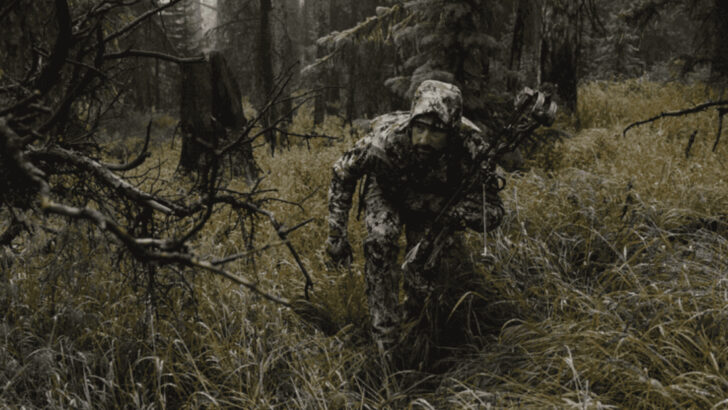TV elk hunts lie to you.
They make it look like a weekend in camo, a few bugles, a clear shot—and boom—meat for the freezer. The truth? Elk are ghosts with hooves. Smart, silent, and built for vanishing.
You can’t fake it in the mountains. Wind shifts, terrain breaks your legs, and that perfect shot never lines up like it does on screen. Real hunters sweat, stumble, and sometimes go home with nothing but blisters.
But when you do it right—when you know where to sit, how to move, when to call, and when to shut up? That’s when the real magic happens.
Forget the TV drama. Here’s what actually works.
Silent Stalking: The Art of Moving Unseen
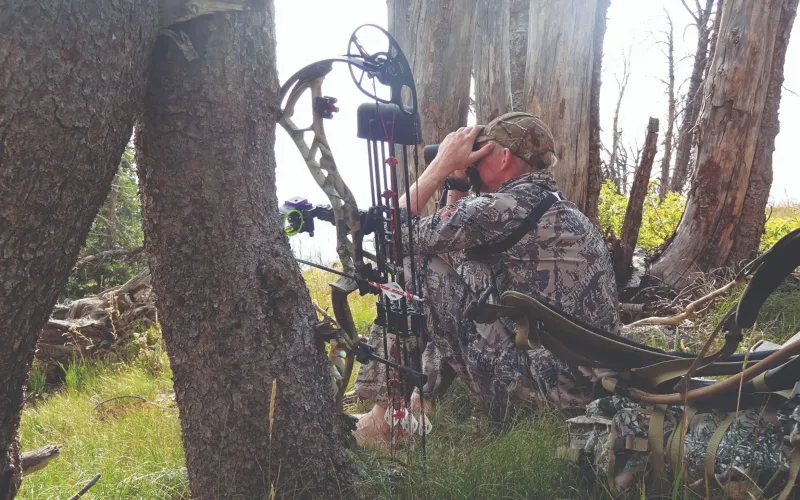
Moving like a whisper through the woods can be your greatest ally in elk hunting. Many overlook the importance of mastering their movements. Imagine the rustle of leaves underfoot betraying your presence. Practicing silent stalking helps you blend into the environment.
This technique requires patience and practice. Pay attention to the subtle sounds of the forest. Notice how the wind carries your scent. It’s not just about the hunt; it’s an immersive experience in nature’s symphony. Did you know? Some of the best elk hunters spend hours perfecting their steps, ensuring every movement is deliberate and quiet.
Understanding Elk Language: Communication is Key
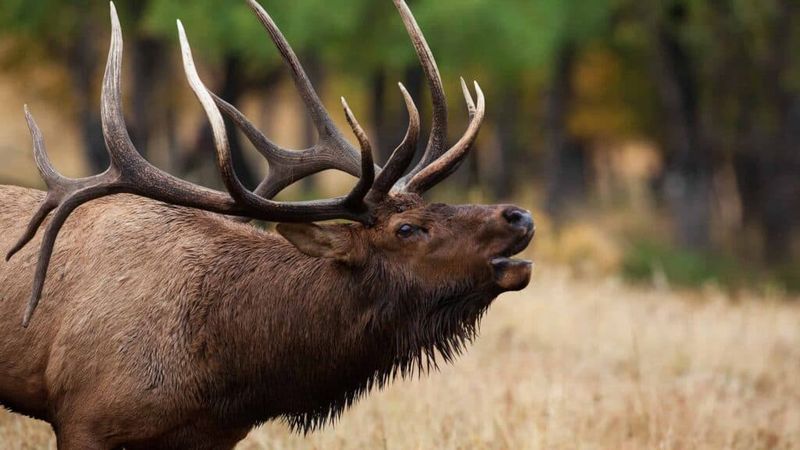
Elk communicate through a fascinating array of sounds. Recognizing these calls can significantly improve your hunting success. Bugles, barks, and mews each tell a story of their own.
Learning this language requires dedication. You become attuned not only to the elk but to the entire ecosystem. Practice mimicking these sounds to engage and attract elk. It’s an art form that goes beyond mere hunting. The adventure becomes a dialogue between hunter and prey. Fun fact: Elk calls can travel over long distances, providing you with critical information about potential herds.
The Importance of Wind: Nature’s Scent Barrier
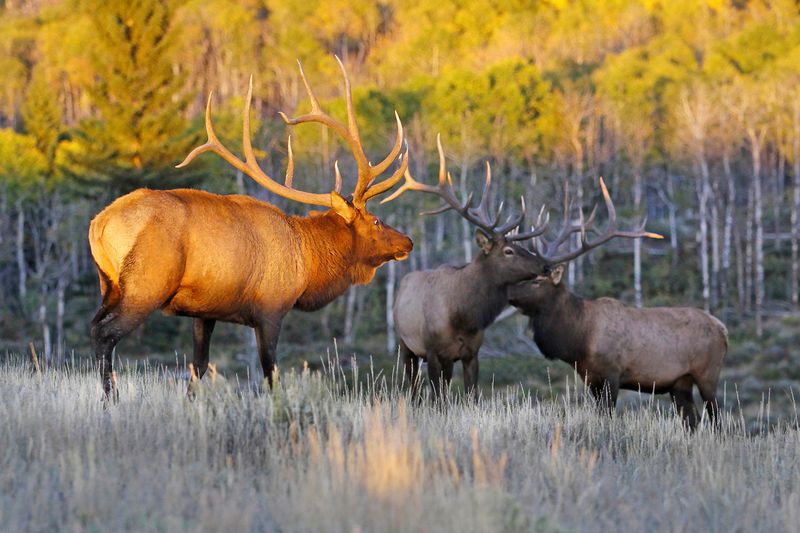
Harnessing the wind is crucial in elk hunting. The ability to use nature’s scent barrier can make or break your hunt. Think of wind as your invisible cloak, hiding your scent from sensitive elk noses.
Experienced hunters constantly gauge the wind. Is it shifting? Is it steady? This awareness allows you to position yourself strategically, enhancing your chances of success.
Don’t underestimate the power of the wind in the wilderness. Many attribute their trophy successes to mastering this natural element. Anecdote: A hunter once said the wind was his best friend during the hunt.
Mapping the Terrain: Knowledge is Power
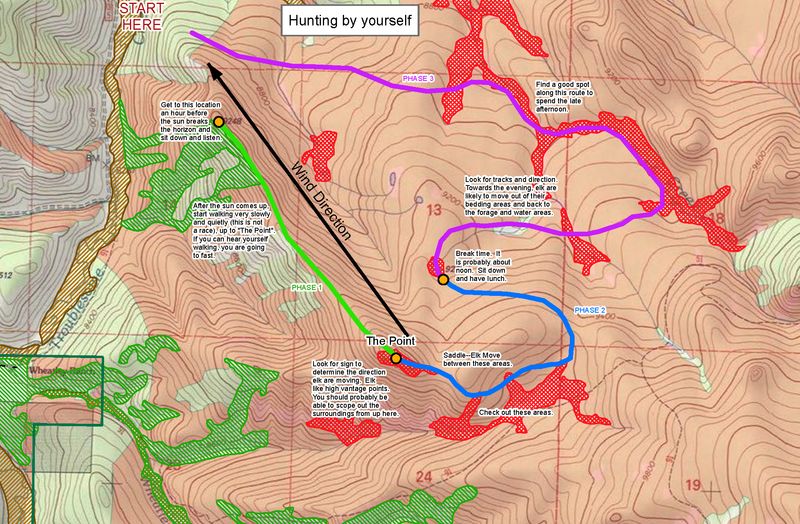
Knowing your hunting area intimately is a game-changer. It’s not simply about physical maps; it’s about understanding the lay of the land. Where do elk graze? Where do they hide?
Navigating through diverse terrains requires strategic planning. Familiarize yourself with water sources, feeding grounds, and potential escape routes. This knowledge empowers you to anticipate elk movements.
In every nuance of the landscape, there’s a story waiting to be discovered. Fun fact: Some hunters create mental maps, visualizing every corner of their hunting grounds.
Camouflage Techniques: Blending into the Wilderness

Becoming one with the environment is vital for successful elk hunting. Camouflage is more than just clothing; it’s an art. Consider the texture, color, and movement.
Elk have sharp eyes and can spot anomalies easily. Effective camouflage can mean the difference between success and a missed opportunity. Craft your gear to match the surroundings, and pay attention to details like shadows and reflections. Anecdote: Many hunters customize their gear to replicate specific elements of their hunting grounds, making them nearly invisible.
Fitness and Endurance: The Hunter’s Edge
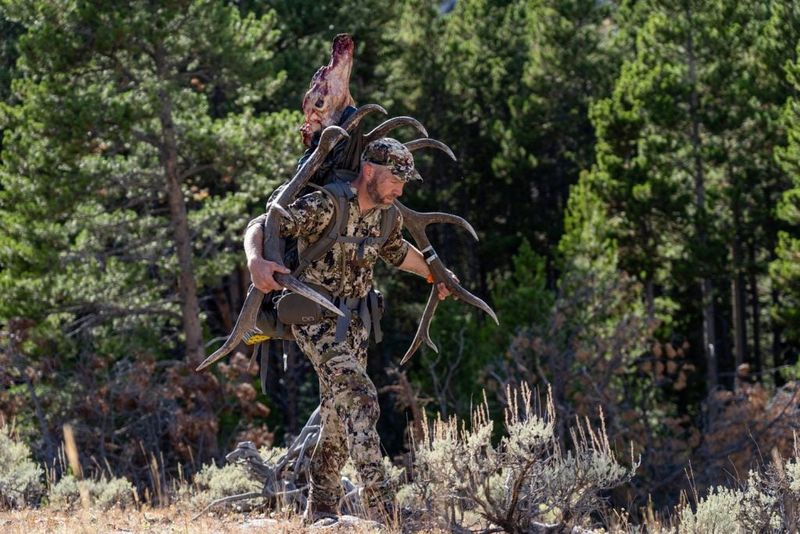
Physical fitness is the backbone of effective elk hunting. Long treks through rugged terrains demand endurance and strength. Picture yourself trailing an elk for hours; your stamina becomes your greatest ally.
Training regularly not only prepares you physically but mentally. It sharpens your focus and resilience. In the wilderness, your body and mind must work in harmony. Did you know? Many hunters incorporate specific exercises targeting endurance to enhance their hunting prowess.
Embrace fitness as a crucial part of your hunting strategy. It’s not just about the chase; it’s about preparation and commitment.
Patience: The Unsung Hero of Hunting
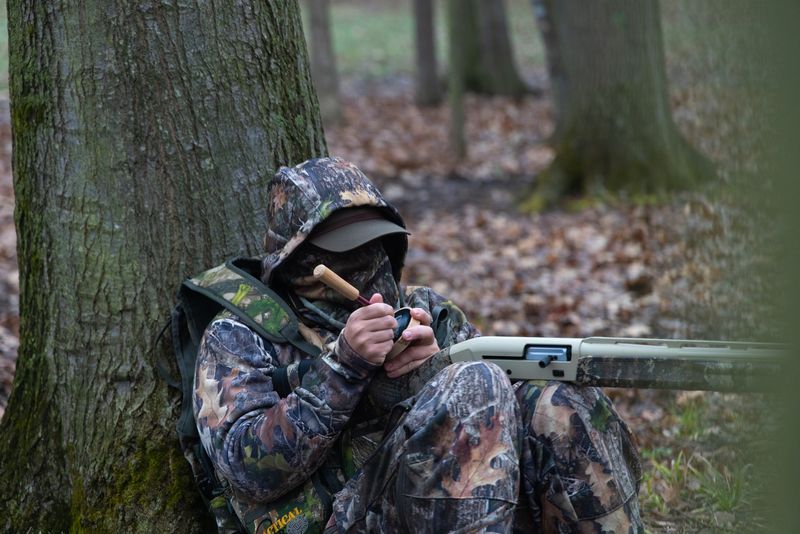
Patience is often the silent partner in successful elk hunting. Imagine sitting quietly for hours, waiting for the perfect moment. The wilderness doesn’t adhere to human schedules.
Cultivating patience allows you to synchronize with nature’s rhythm. Every rustle could be an opportunity or a false alarm. The wait tests your resolve, but the reward is worth it.
Did you know? Many seasoned hunters consider patience to be their greatest tool, honing it over years of practice. Approach each hunt with a calm heart and a watchful eye, ready for whatever the wild presents.

